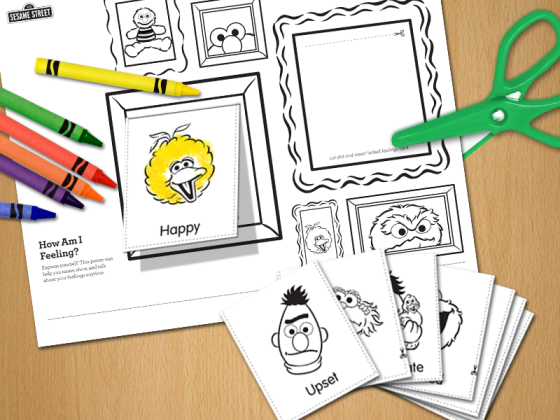
Expressing Feelings With Words
Give families the tools they need to talk about and work through big feelings.
- Print copies of the feelings cards for each participant. Before the workshop, complete one set of the feelings cards to use as an example.
- As you begin, hand out copies of the feelings cards and let participants know that this workshop will help children develop a rich vocabulary of feeling words. Explain why this is important: children will be better able to cope with emotions when they can name and describe them.
- Have participants read the feelings cards and define each feeling in child-friendly language. For example, “thrilled means you feel really happy” or
“angry means you feel mad.” Invite participants to write a feeling word they’d like to teach kids on one of their blank cards. Let them know that kids can fill in the other blank cards with more feeling words at home. - Show participants the completed poster page and how the cards fit into the slot. Encourage them to hang this at home somewhere kids can see and reach. Encourage them to use this as a way to help kids check in with their feelings any time. They could even set a daily check-in time, such as bedtime.
- Introduce more ways to explore emotions with the cards. You can either explain the games or try them out with participants:
- Lay out three emotion cards. Choose someone to act out one of the emotions. Challenge others to guess the emotion they are acting out.
- Read a children’s book, and have participants hold up the cards as the characters in the book express those emotions. (You can hand out your completed feelings cards for participants to use.)
- Turn on some music. Hold up different feelings and have participants move in a way that expresses those feelings.
- Have participants draw their own picture or write their own memory to go along with each feeling.
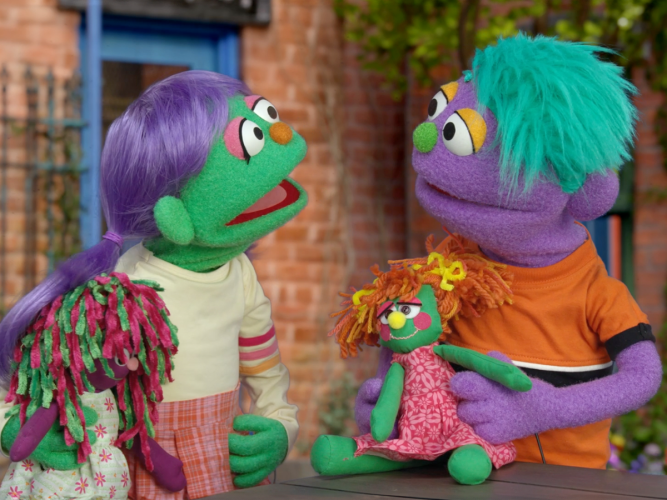
Resolving Hurt Feelings with Rosita and Friends
Misunderstandings and hurt feelings can be opportunities to build friendships and develop important social skills.
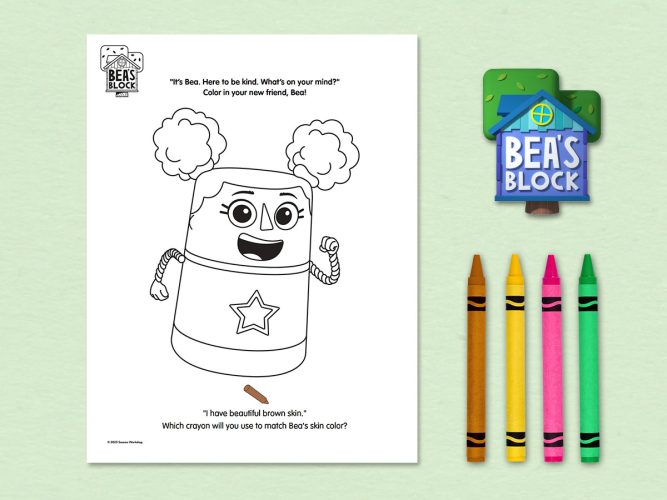
Bea’s Block Kindness Adventure Color & Activity Guide
Activities and coloring pages for children that celebrate kindness.

Building a Connected Community
Take a course on ways to help children and families get ready for school and life—together!
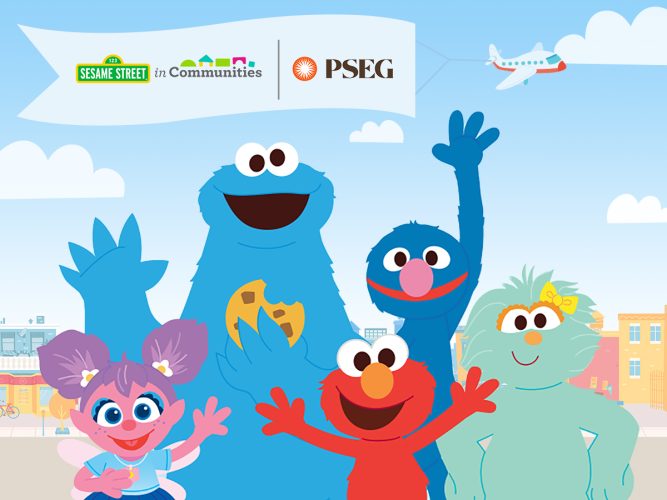
Little Neighbors
In this webinar, you’ll learn how you can use our “Little Neighbors” initiative to help children and their families discover their power to make their communities—and the world—a happier, healthier, safer place for everyone.
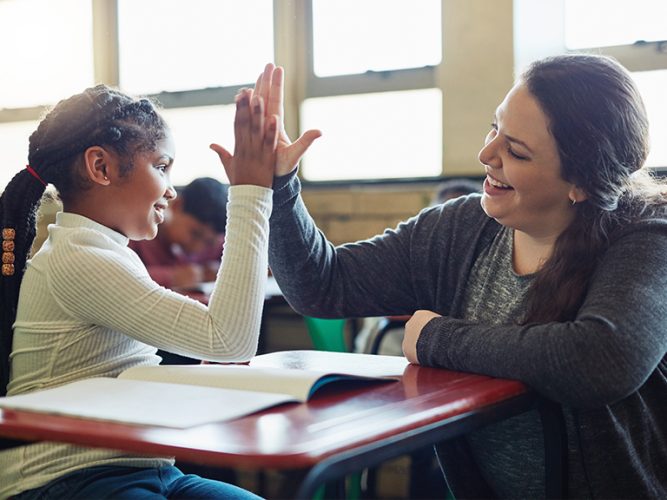
Caring Communities
In our course Caring Communities, you can explore the ways to embed storybooks, printables, videos, and digital games in your work with everyone in your neighborhood.
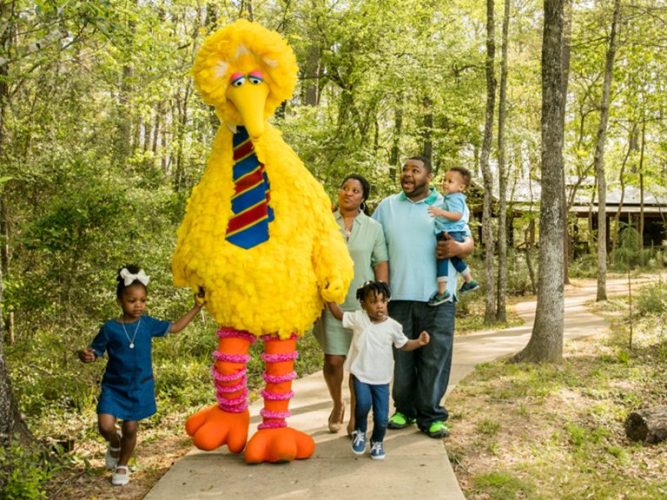
Roads to Resilience
A course highlighting some of the best assets from topics across SesameWorkshop.org with customized approaches, and tips and tricks on using these resources in your work with caregivers and their children.
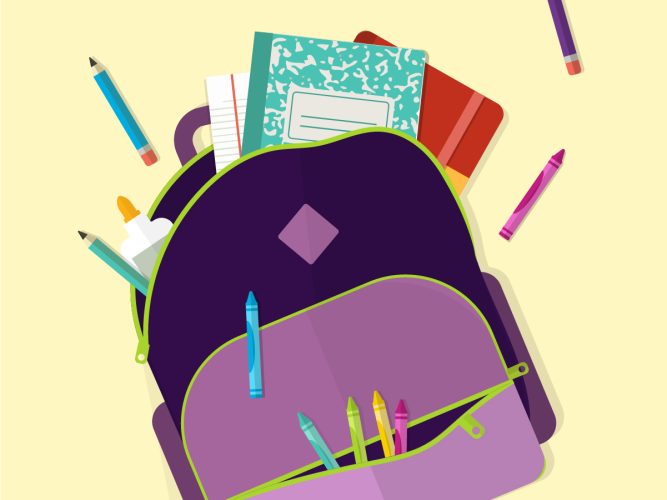
Understanding Bullying
Senior Vice President of Curriculum and Content, Rosemarie Truglio, PhD, examines bullying as it affects young children, and shares ways to handle—and prevent—it.
